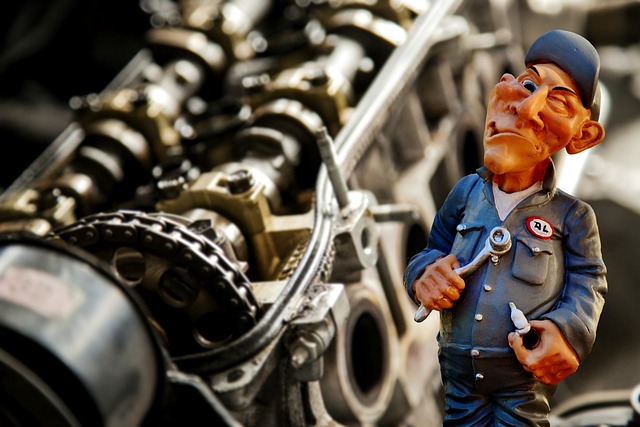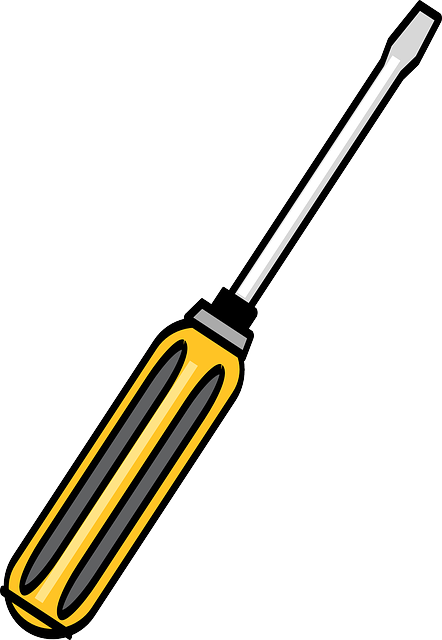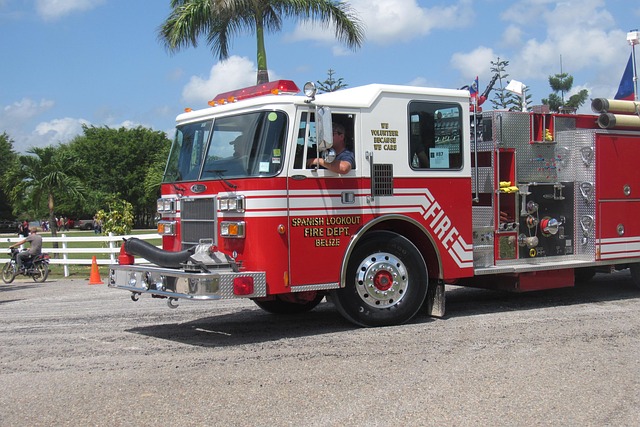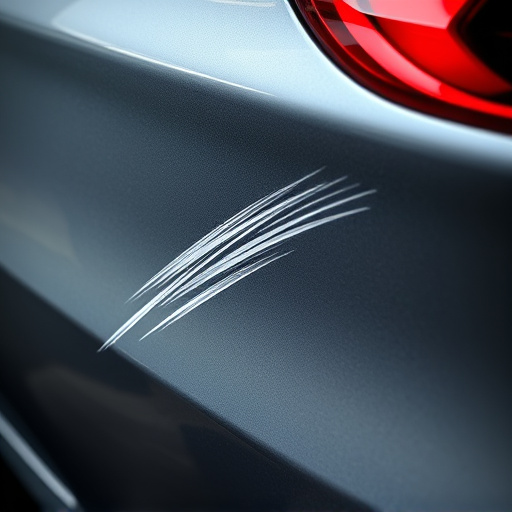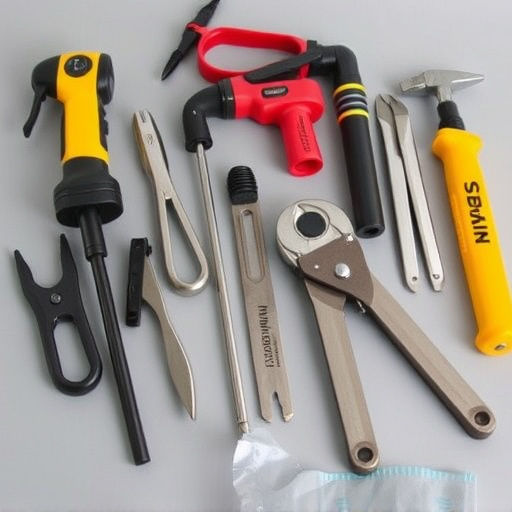OEM-certified replacement parts offer superior quality and reliability for vehicle repairs, including dent and collision fixes, ensuring a perfect fit, optimal performance, and enhanced safety. While generic auto components are affordable and accessible, they may not meet OEM standards, leading to compatibility issues and potential future problems. For critical components, choose OEM-certified parts to maintain vehicle safety and resale value; for routine maintenance, generic parts can be more budget-friendly.
In the realm of automotive maintenance, choosing the right components is paramount. This article delves into the critical distinction between OEM-certified replacement parts and generic auto components. Understanding the unique benefits of OEM certifications ensures vehicle reliability and safety. We explore the pros and cons of generics, providing insights for informed decisions. By the end, folks will be equipped to navigate this landscape, making choices that best serve their vehicular needs, whether it’s a symphony of original equipment or a cost-effective alternative.
- Understanding OEM-Certified Parts and Their Benefits
- The Pros and Cons of Generic Auto Components
- Making an Informed Decision: When to Choose Each
Understanding OEM-Certified Parts and Their Benefits

OEM-certified replacement parts are designed to perfectly match the specifications of your vehicle. They are produced by the original equipment manufacturer (OEM), ensuring they meet the same quality standards as the parts that came with your car. This means not only do they fit like a glove, but they also perform optimally and last longer than generic alternatives.
Using OEM-certified parts offers several advantages when it comes to vehicle dent repair, car body repair, or collision repair. These benefits include enhanced safety, as these parts are specifically engineered for your make and model, reducing the risk of malfunction. They also come with warranties, providing peace of mind and financial protection. Moreover, OEM parts can help maintain the overall value of your vehicle, making it easier to resell or trade-in in the future.
The Pros and Cons of Generic Auto Components

Generic auto components have gained popularity due to their affordability and accessibility. One significant advantage is cost-effectiveness; these parts are often significantly cheaper than OEM (Original Equipment Manufacturer)-certified replacements, making them an attractive option for budget-conscious car owners. They can be easily found at local auto supply stores or online, providing quick access for those needing immediate repairs.
However, there are potential drawbacks to using generic components, especially in vehicle restoration or bumper repair projects. Quality control is a concern; not all generic parts meet the same standards as OEM products, which can lead to inferior performance and shorter lifespans. Additionally, compatibility issues may arise, as these components might not fit perfectly, requiring additional modifications during installation, particularly in car collision repair scenarios.
Making an Informed Decision: When to Choose Each

When considering replacement parts for your vehicle, making an informed decision is crucial. OEM-certified parts are designed and manufactured by the original equipment manufacturer, ensuring they meet the exact specifications and standards of the carmaker. This means they fit perfectly, perform optimally, and offer superior reliability. If you’re looking for top-notch quality and peace of mind, especially after a collision repair or auto dent repair, OEM parts are the way to go. They can help ensure your vehicle’s safety, performance, and longevity.
On the other hand, generic auto components are produced by third-party manufacturers and may not adhere to the same strict standards as OEM parts. While they can be more affordable, their quality and compatibility vary widely. For routine maintenance or minor repairs, generics might suffice. However, for critical components or in cases of automotive collision repair, choosing generic parts could lead to problems down the line, compromising safety and requiring additional collision repair services.
When it comes to choosing between OEM-certified replacement parts and generic auto components, understanding the unique advantages of each is key. While generics may offer cost savings, OEM parts ensure superior quality, precision fit, and enhanced vehicle performance. For those prioritizing reliability and peace of mind, investing in OEM-certified parts is a wise decision. However, for budget-conscious individuals who don’t mind a bit of research and due diligence, generic components can be a viable option. Ultimately, making an informed choice depends on individual preferences, vehicle needs, and the specific replacement part required.
